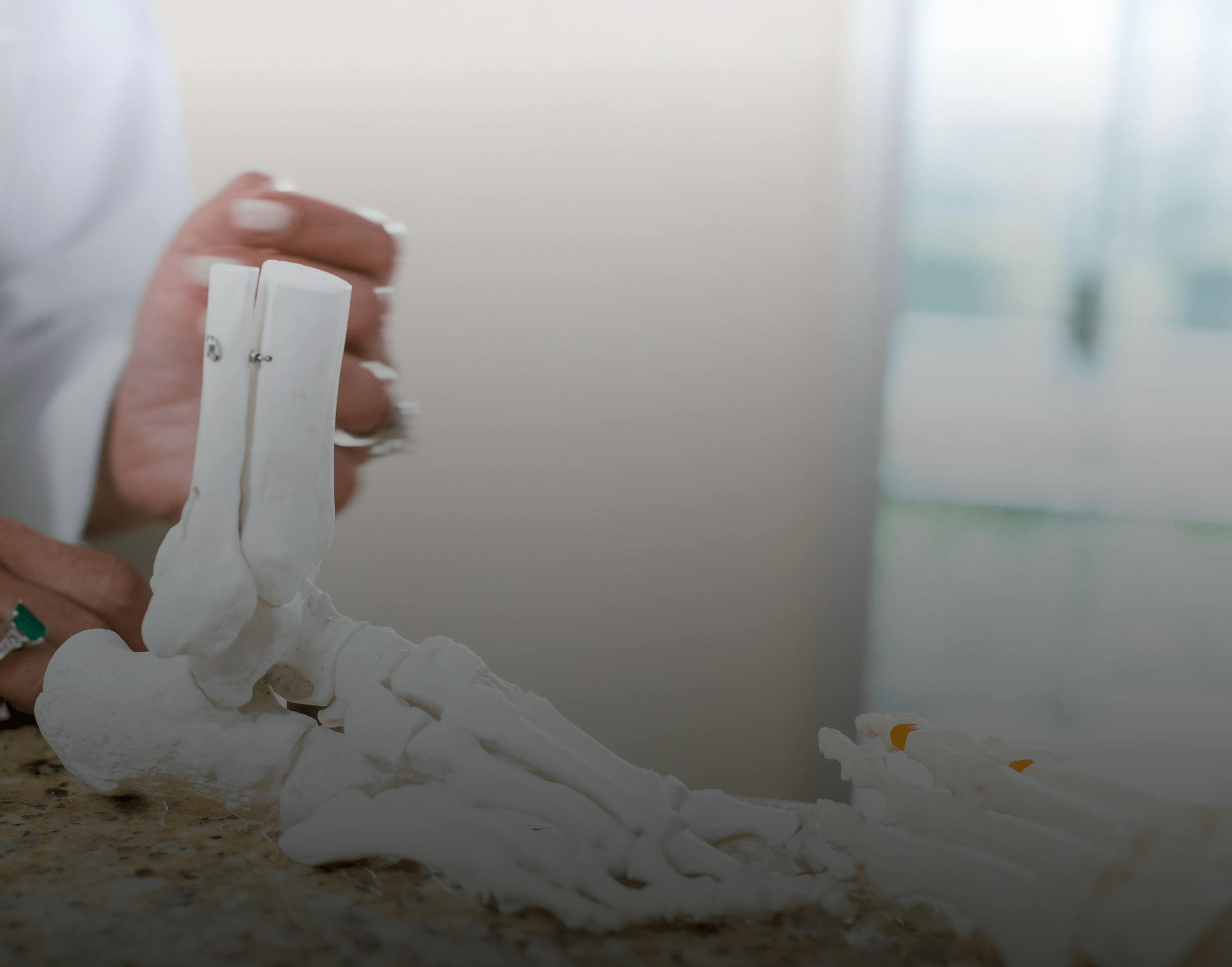One of the more uncommon conditions that can affect a foot is accessory navicular syndrome. We are happy to offer treatment at Dr. Salma Aziz, Foot and Ankle Speciality Group Inc. for this rare development.
What are the Symptoms of Accessory Navicular Syndrome?
If you’re beginning to suffer from accessory navicular syndrome, you’ll notice a bony protrusion along the inner portion of your foot that’s situated right above the arch. This protrusion will become red and swollen over time. While the pain can be sharp, it’s more commonly a dull and aching sensation around the middle area of the foot. The pain usually occurs during or following lengthy activity, which means that the pain can flare up while you’re exercising (or just afterwards).










